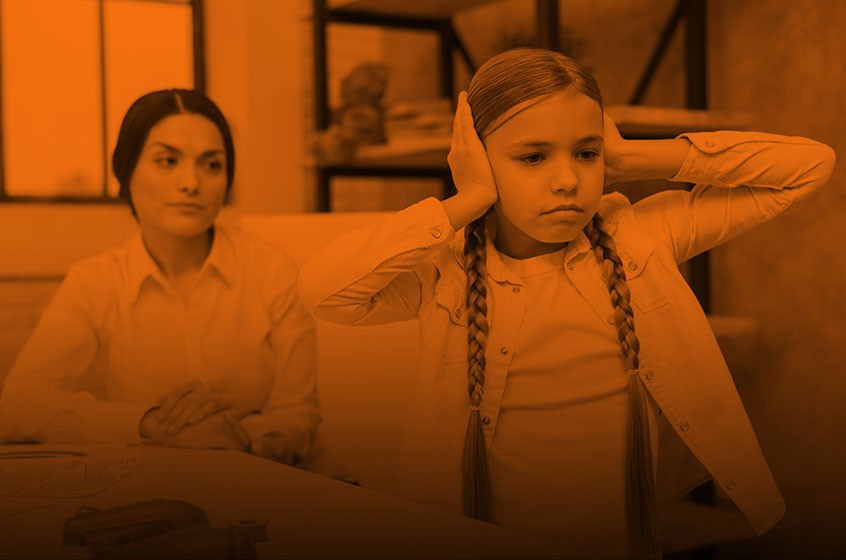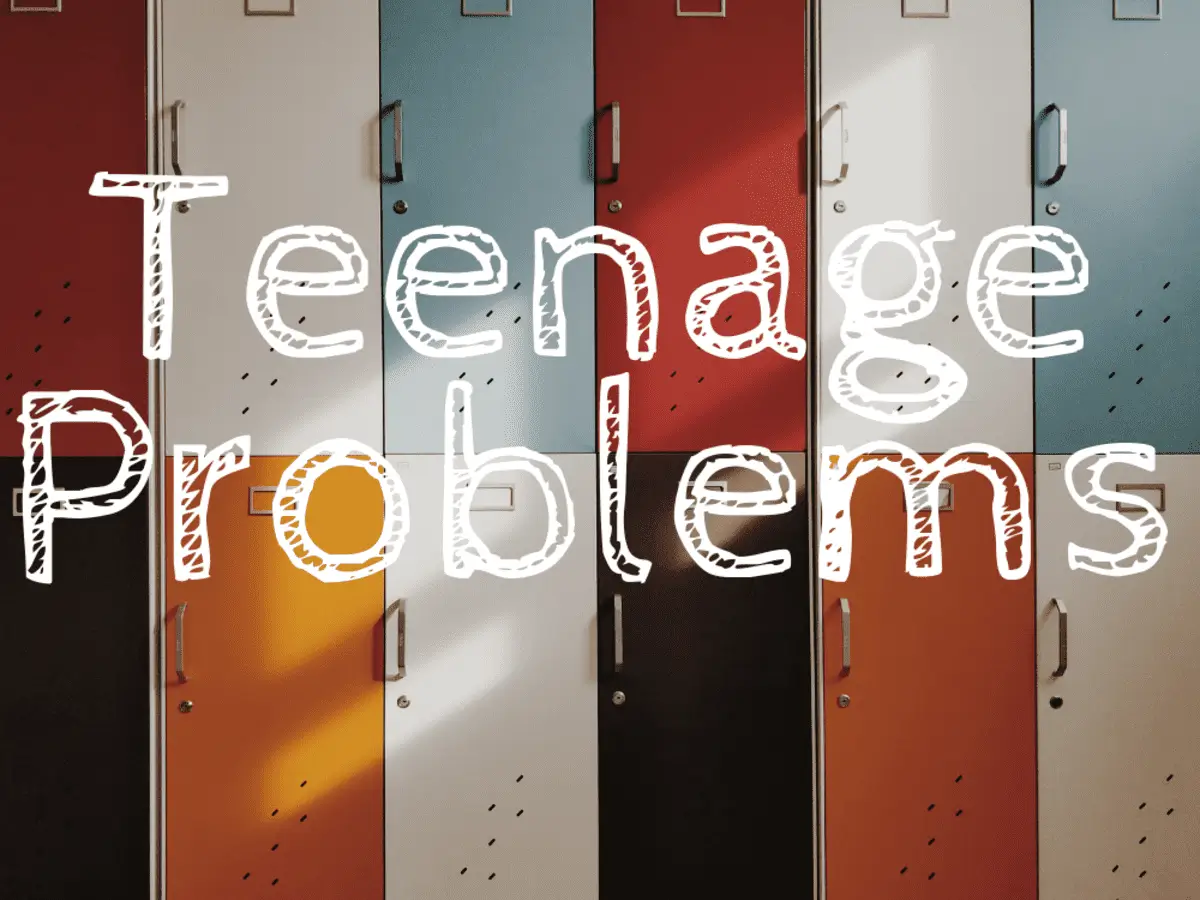Introduction:
In our current society, we’re navigating an era marked by an unrelenting, accelerating pace, an onslaught of ceaseless diversions, and a persistent surge in stress levels. The escalating digitalization and the constant ‘always-on’ culture only amplify this trend, creating a scenario where we’re always racing against time, continuously distracted, and continuously in the throes of stress, be it due to work pressures, personal responsibilities, or societal demands.
In light of this prevailing predicament, learning the art of staying present – being completely immersed in the ‘now’ – has emerged as an indispensable skill that forms the cornerstone for a life that’s not just healthier in the physical sense, but also more fulfilling and enriched on the emotional and psychological fronts.
Jon Kabat-Zinn, a distinguished scholar in the field of mindfulness and an Emeritus Professor of Medicine at the University of Massachusetts Medical School, offered considerable wisdom regarding this subject. He said, “Mindfulness is being awake. It involves being aware of what you are doing at all times.” This insightful observation underscores the essence of mindfulness as a state of ‘awake’ consciousness, a state where we are entirely in tune with our present actions, thoughts, and emotions, completely detached from the specters of past regrets and future anxieties.
This profound level of consciousness serves as the foundation upon which we can construct and integrate mindful habits into our lives – habits such as practicing yoga, and meditation, spending dedicated time in nature, maintaining a state of inner calm amid outer chaos, and engaging in reflective practices like journaling.
Embracing such approaches, and integrating them into our everyday lives, can catalyze a remarkable transformation within us. It can lead to significant amplification of mental clarity, equipping us to perceive, understand, and respond to situations more effectively. It can aid in significantly alleviating stress, helping us manage and overcome the strain that our modern lifestyle often exerts on our minds and body. It can bolster our efficiency, empowering us to carry out tasks with greater precision and competency. And, possibly of utmost significance, it nurtures a comprehensive sense of wellness, assisting us in relishing a state of equilibrium and satisfaction that imbues all dimensions of our existence.
Mastering the Art of Being Present
At its core, mindfulness involves directing our complete attention to the current moment. Thich Nhat Hanh, a revered Vietnamese Buddhist monk, illustrated this beautifully when he stated, “The present moment is filled with joy and happiness. If you are attentive, you will see it.” By centering our focus on the “here and now,” we liberate ourselves from the shackles of past regrets and future anxieties, thereby allowing us to experience the present moment in its entirety.
A robust collection of scientific studies supports the idea that individuals exhibiting higher mindfulness levels experience less stress and anxiety, increased levels of happiness and satisfaction, and improved relationship quality. Engaging with our sensory experiences, such as noticing the colors and shapes around us, tuning in to the multitude of noises, inhaling the range of smells, or experiencing the texture of the material world, can be a straightforward way to cultivate the present. Each of these deeds establishes a connection between us and the here and now, rooting us in the reality of “now.”
Yoga: Uniting Body, Mind, and Breath
Yoga, a timeless practice that finds its roots in ancient India, serves as a potent mindfulness strategy that bolsters both physical health and mental well-being. As B.K.S. Iyengar, one of the world’s foremost yoga practitioners, eloquently articulated, “Yoga is a light, which once lit, will never dim. The better your practice, the brighter the flame.” Yoga encourages us to engage profoundly with our body and breath, rooting us firmly in the present moment. It harmonizes mind and body, promoting physical strength, flexibility, and stamina while simultaneously cultivating mental clarity and calm.
Each asana (posture) in yoga provides us with the opportunity to investigate both the external limits of our bodies and the internal landscapes of our minds. Yoga, at its heart, is essentially a voyage of self-realization. When we walk through sequences like the Sun Salutation or hold postures like Mountain Pose, we train ourselves to be fully present by focusing on the rhythm of our breath and the sensations in our bodies. This practice aids in heightening our consciousness of the present moment. This practice of conscious movement on the mat can then be taken forward into our daily lives, assisting us in navigating through our routines with heightened mindfulness and presence.
Meditation: Cultivating Inner Peace
Much like yoga, meditation is another mindfulness strategy deeply rooted in ancient traditions. Today, it’s globally adopted for its exceptional potential to reduce stress and cultivate a sense of tranquility and inner peace. The Dalai Lama profoundly stated, “We can never obtain peace in the outer world until we make peace with ourselves.”
There exists a plethora of meditation styles, each offering unique methodologies to cultivate awareness. For instance, concentration meditation involves directing attention towards a single point, such as a repetitive sound, counting beads on a string, or observing one’s breath. Concentration meditation is a form of Buddhist meditation. This technique has the capacity to educate the mind to be quiet, focused, and aware, so eliminating the ongoing mind chatter that many of us experience. This technique has the potential to educate the mind to be quiet, focused, and alert.
Conversely, mindfulness meditation involves observing fleeting thoughts as they drift through one’s mind without judgment or engagement. This type of meditation can assist us in separating ourselves from habitual thought patterns that may be the source of emotional misery in our life by supporting us in creating a profound understanding of how our thoughts function.
Nature Therapy: Embracing the Outdoors
The demands of modern life often lead to a disconnection from the natural world, resulting in a phenomenon termed “nature deficit disorder.” However, as John Muir, a celebrated naturalist, remarked, “In every walk with nature, one receives far more than he seeks.” Immersing ourselves in the outdoors provides a potent dose of mindfulness, grounding us firmly in the present moment.
Spending time in nature is a great way to practice a meditative state that is at once beautiful and immersive. When we observe the rhythmic movements of ocean waves, listen to harmonious bird songs, feel the tender touch of wind, or inhale the scent of blossoming flowers, we’re instantly anchored in the present. Engaging our senses with our surroundings stimulates conscious awareness. Frequent exposure to natural environments is associated with a reduction in stress, anxiety, and depression, while simultaneously promoting an uplifted mood, boosting immune function, and fostering an overall improved sense of wellness.
Embracing Stillness: The Power of Quieting Down
The act of merely existing presents itself as radical and significant in a culture that never seems to stop. Pico Iyer, in his widely-viewed TED Talk titled “The Art of Stillness,” made the apparent remark that taking time to be alone and reflect can be good for the soul. Stillness is not merely the absence of movement; rather, it is a mental state attained by consciously relinquishing activity, distraction, and the flow of thoughts.
A proven approach for fostering mindfulness involves disengaging from everyday distractions and immersing oneself in a tranquil setting, promoting inward focus. In these brief intervals of silence, we are better able to notice our thoughts without judging or analyzing them, which enables us to gain awareness of our internal emotional state and a more nuanced understanding of who we are. This practice can be seamlessly incorporated into our daily routines, whether it’s during a leisurely morning coffee, a peaceful afternoon break, or a relaxing evening wind-down.
Journaling: Writing as Reflection
Journaling stands as a powerful instrument for fostering mindfulness. Echoing this sentiment, the noted author Anaïs Nin once stated, “We write to taste life twice, in the moment and retrospect.” The act of writing compels us to slow down, contemplate our experiences, and focus on the present moment. Journaling offers a therapeutic outlet that enables the open expression of thoughts, emotions, and feelings without the fear of being judged.
Keeping a journal in which we consistently document our daily experiences, thoughts, and emotions can assist in fostering an increased level of self-consciousness. It is also possible to use it as a tool for tracking personal growth, offering concrete evidence of our advancement along the path toward improved well-being as we travel toward it. Furthermore, the act of expressing thankfulness in our diaries for the basic pleasures in life, such as a delicious meal, an encouraging word, or a stunning sunset, can help cultivate positivity and a deeper appreciation for the ordinary moments that make up our lives.
Conclusion
It is possible to significantly improve the quality of our lives by working mindfulness practices into our regular routines. As the revered Buddhist monk Thich Nhat Hanh beautifully expressed, “Sip your tea slowly and reverently…slowly, evenly, without rushing toward what’s next. Be wholly present, relishing the moment.” This very instant is all there is to existence.” We can navigate the road of life with enhanced calmness, resilience, and joy if we adopt these tactics, and this will enable us to completely relish each moment as it unfolds before us. Mindfulness aims to promote a lifestyle marked by awareness and intentionality. It is not merely a tool or method. Rather, it’s a perpetual journey, not a fixed destination. As we advance on our journey, we develop the ability to recognize and value the splendor and insight inherent in each passing moment of our existence. The journey to mindfulness may involve patience and dedicated practice, but the rewards of an increased sense of serenity, clarity, and well-being are genuinely priceless and make the work more than worthwhile.













